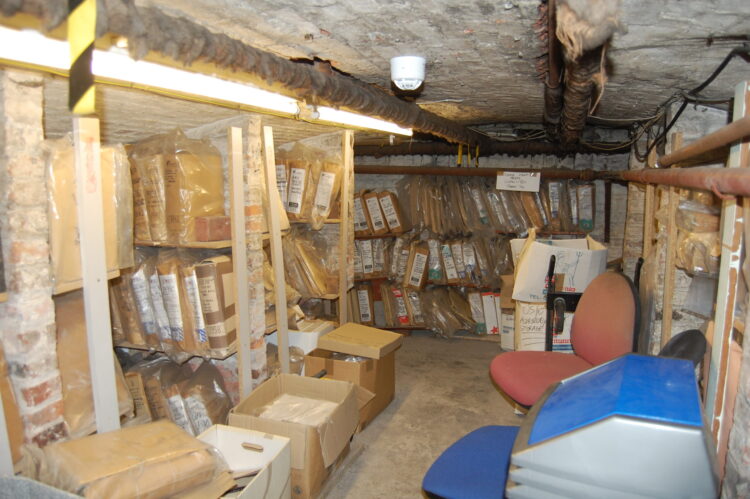
| Last month I mentioned that in 2017 the Mills Archive played a vital part in the rescue of an important archive destined for destruction. The important architectural practice of Gelder and Kitchen had recently been liquidated and their large collection of files at Maister House, a National Trust property in Hull, was under severe threat. Alfred Gelder was the son of a joiner and wheelwright and in 1878 he set up his architectural practice in Hull. He was a close personal friend of Joseph Rank; they were close neighbours, living at each end of a small terrace of 4 houses. Rank approached Gelder to design his first roller flour mill, The Clarence Mills in Hull in 1891. The next year Gelder formed an association with Llewellyn Kitchen and made him a partner in the firm. Gelder died on the 26th August 1941, having been elected Mayor of Hull in 1899, knighted in 1903 and elected as the Liberal MP for Brigg from1910-1918. The Gelder and Kitchen practice moved to the 17th century Maister House in 1966.The firm had developed expertise on the design of flour mills, oilseed crushing mills and related facilities at a time when Hull was a major European centre for the industry. By the time they went into liquidation they had archived thousands of files, hundreds of which were packed with architectural drawings outlining new mills or modifications to existing mills covering the UK throughout the 20th century. We were alerted to this treasure trove and the threat it faced by Tony Lloyd, who had recently retired from the milling industry. Having seen the photographs Tony showed us, we knew we had to do something. Fortunately we had recently been left a small legacy from another roller mill man that we were able to devote to the project. Amazingly, we were the only repository to express an interest in any part of the vast archive that had been assembled over the previous century and a quarter. |
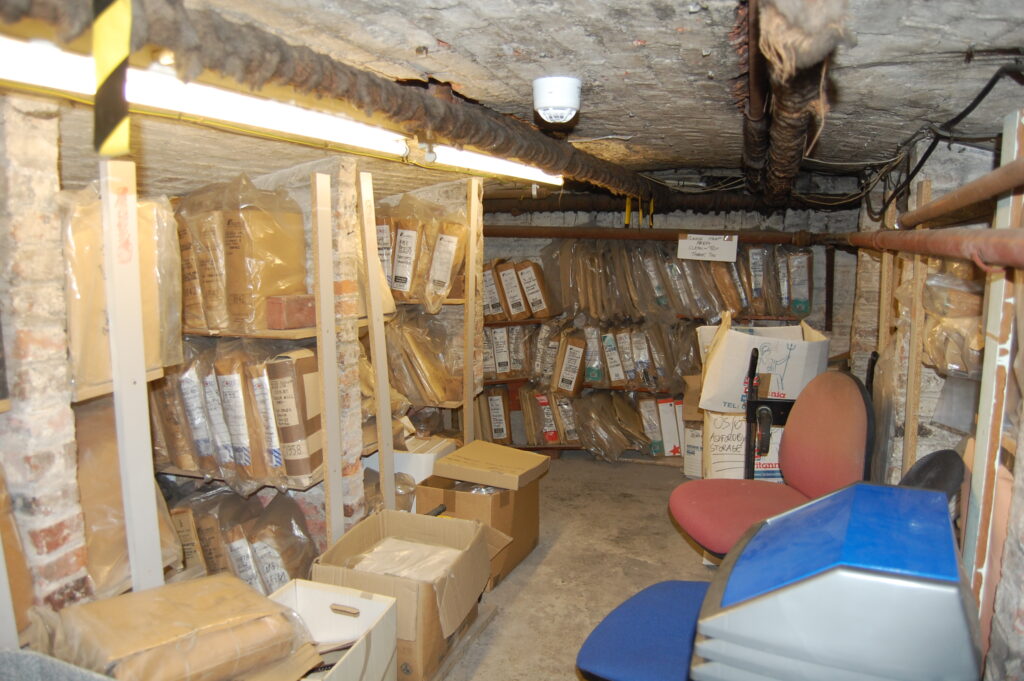
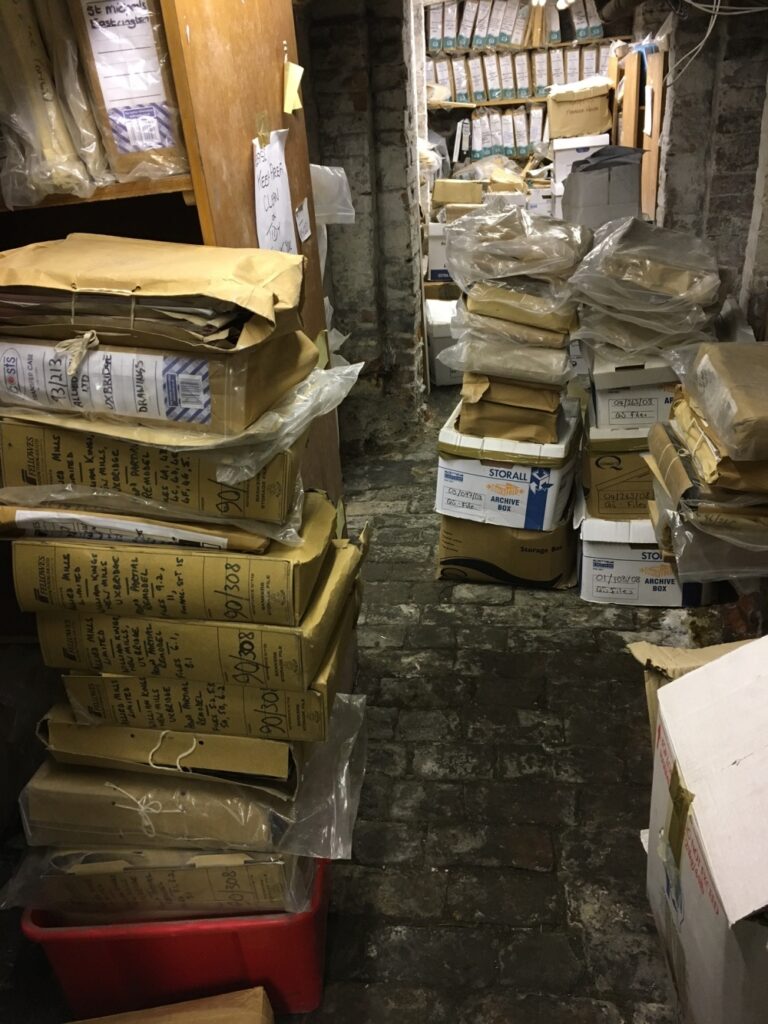
We had, however, to move quickly as the whole archive was destined for the skip within two or three weeks. Nathanael, our archivist, and I spent two very cold February days emptying the basement of all the mill files for couriering to Reading.
The sight we encountered on arrival
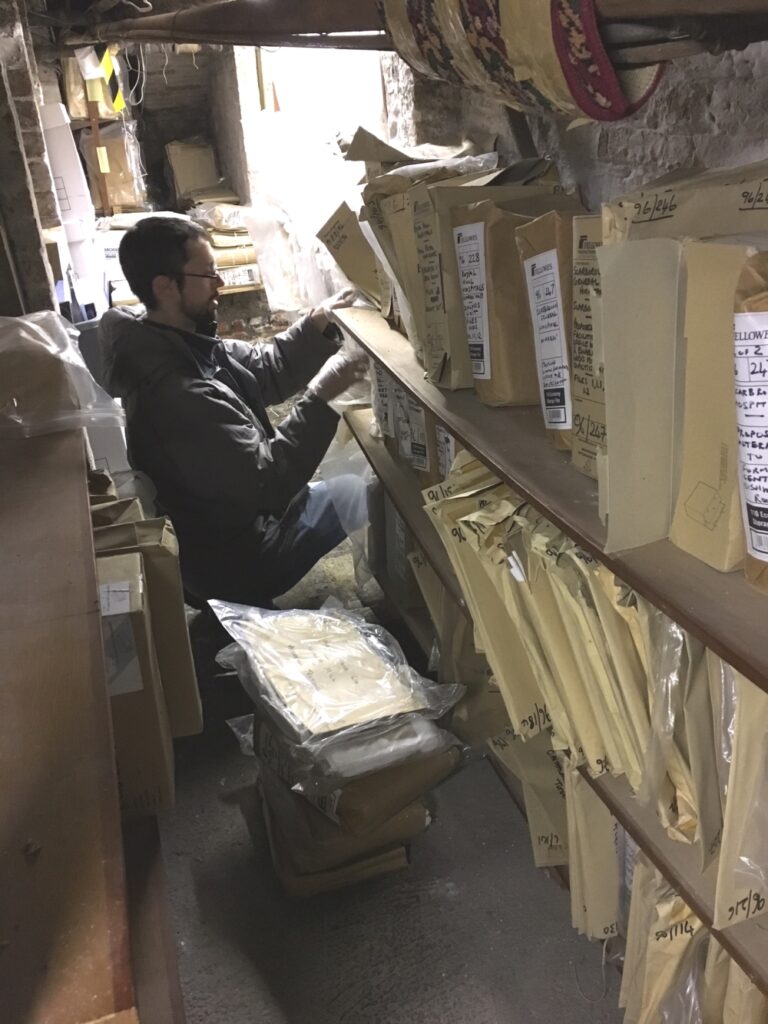
We had not realised the difficulty of the job before us. The National Trust curator had warned that there was no heat or water in the house. The files were in two cramped and crowded basements with only a 5ft 6in ceiling; no problem for me, but more of a challenge for 6ft plus Nathanael! |
had to work sitting on the floor
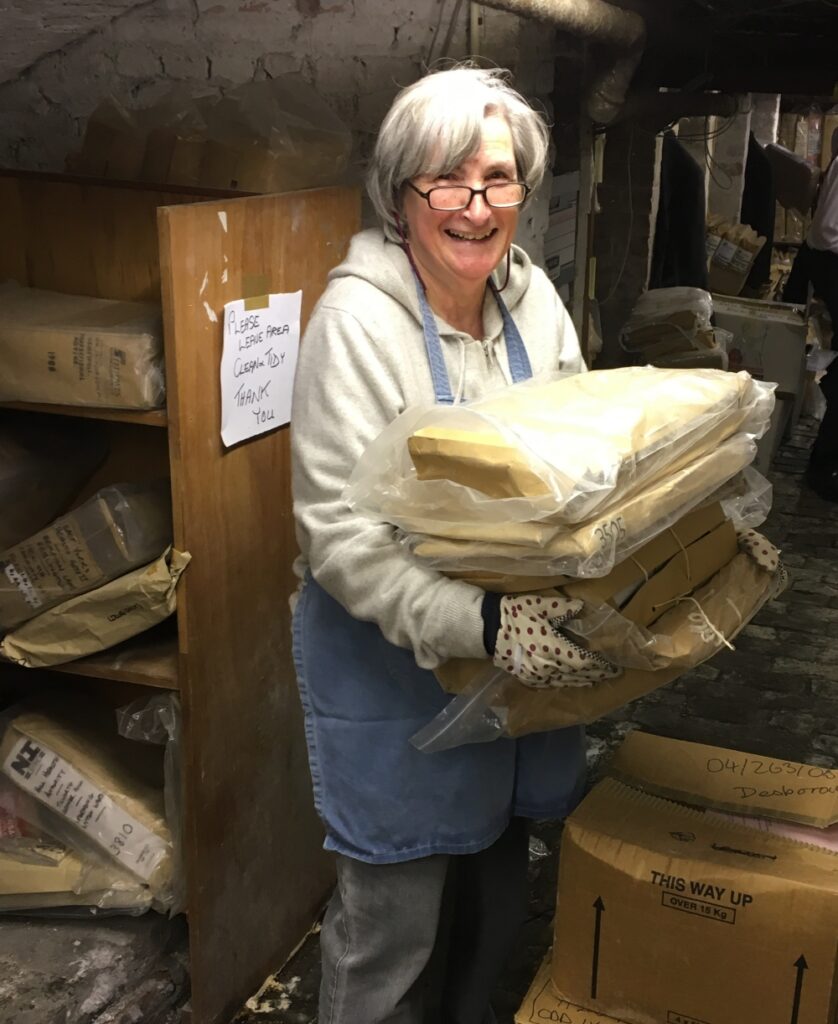
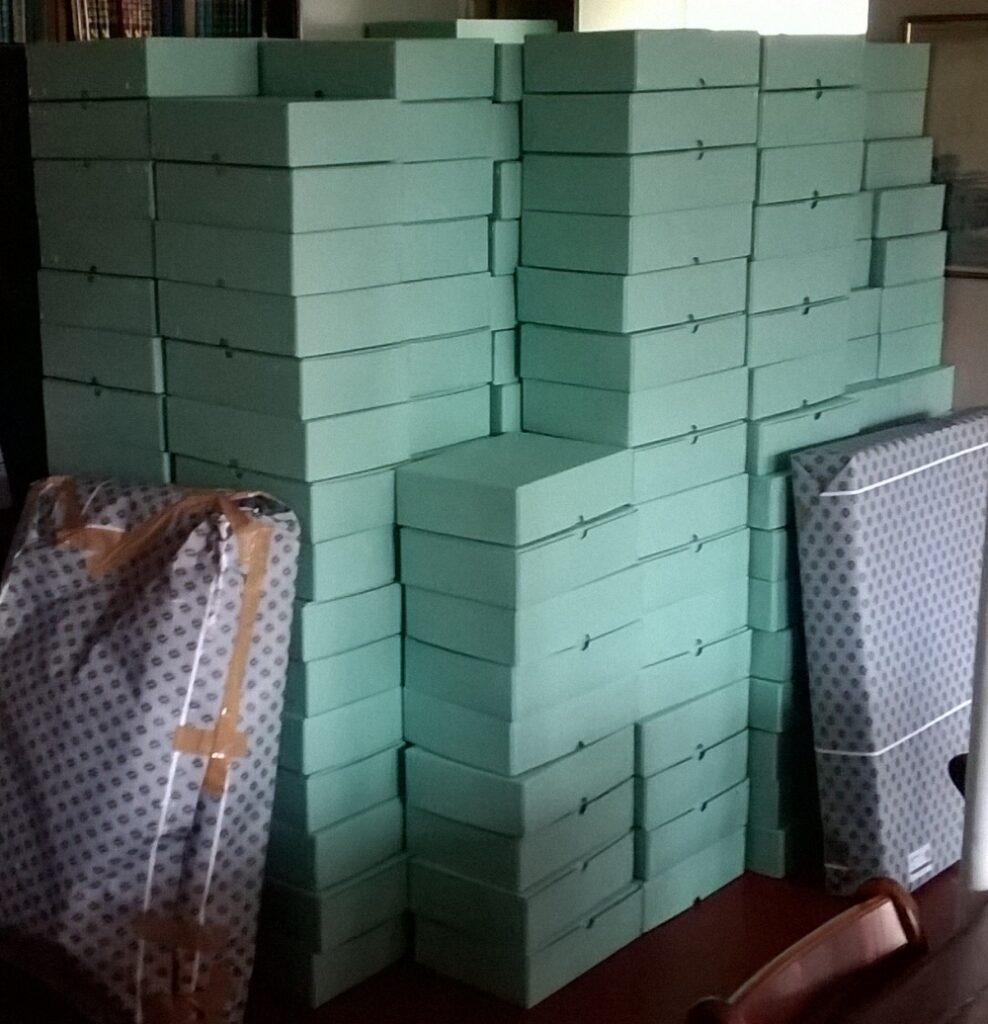
We also had to search through nearly two thousand files to find the roller flour mill ones as the firm’s archivist had retired many years ago and was never replaced. This meant that there was no filing system in place and new files were just placed in the basement where there was an available space.
Moving various boxes and other items before we could get to the files ensured that after the first hour we were already warmed up. We could only carry 5 or 6 large files at a time out of the basement labyrinth to stack them in the hallway. Some twelve hours’ hard work resulted in us rescuing over 600 files. The files have now been largely cleaned, repackaged in archival storage boxes and catalogued.
Some of the £2,000 worth of archival boxes we bought with the legacy
| The earliest files we have found so far are from 1896 with details of The Clarence Mills. Examples of other files on mills we have come across include Chancelot Mills Leith, Edinburgh; Sovereign Mills Corby, Northamptonshire and Sunblest Flour Mill, Tilbury, Essex. |
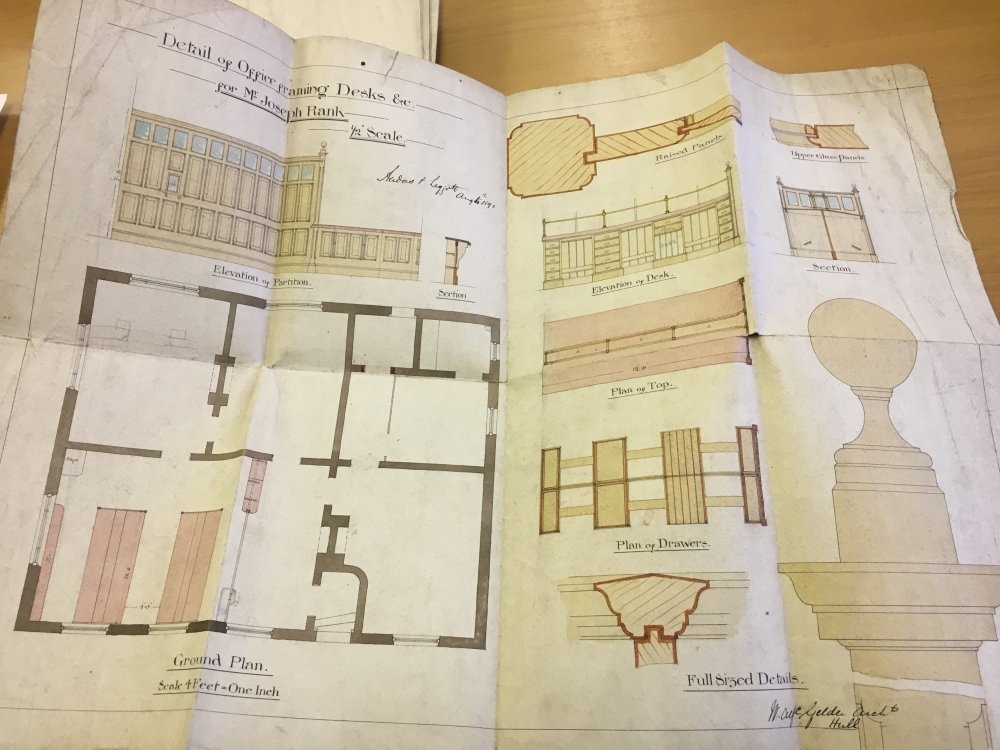
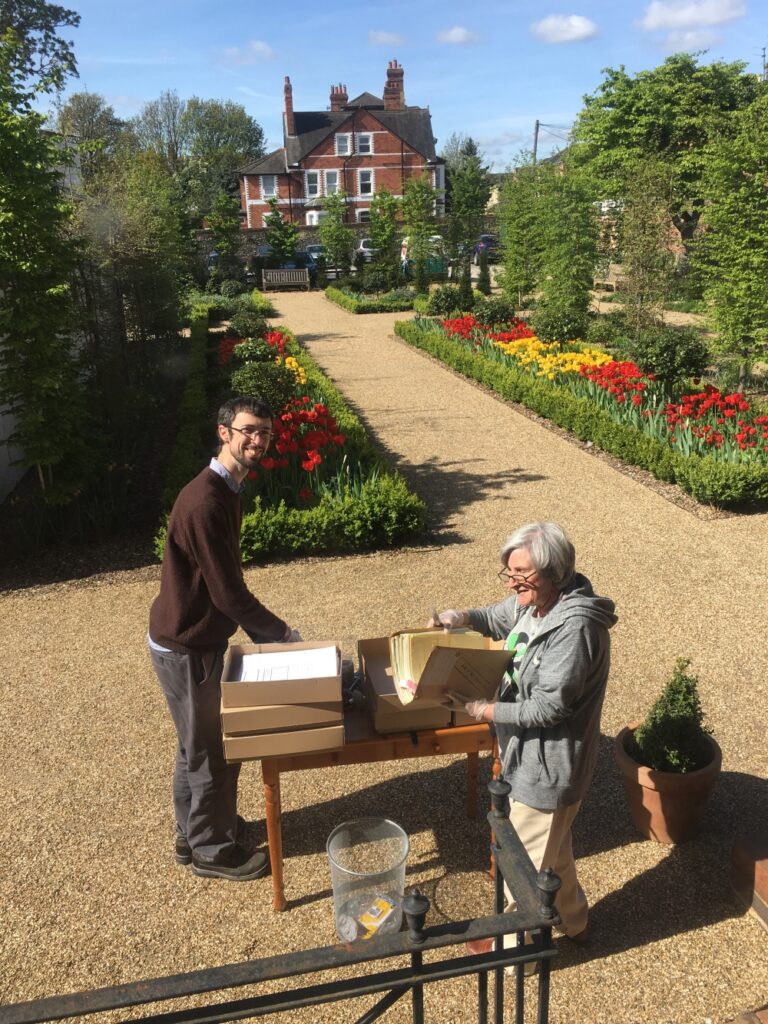
Cleaning of a few files still has a little way to go as we need good weather to work outside to avoid the dust and mould. As we have worked our way through this treasure trove, we are pleased with what we have saved for future researchers.
Cleaning of mould and dirt had to be done outside for safety reasons.